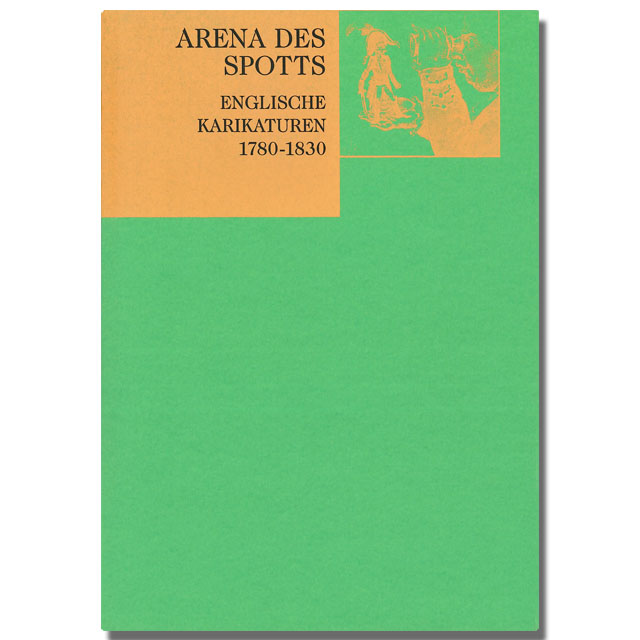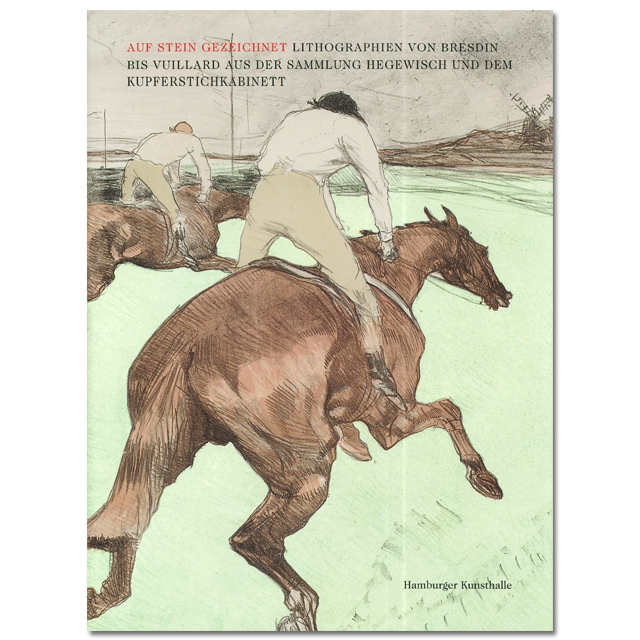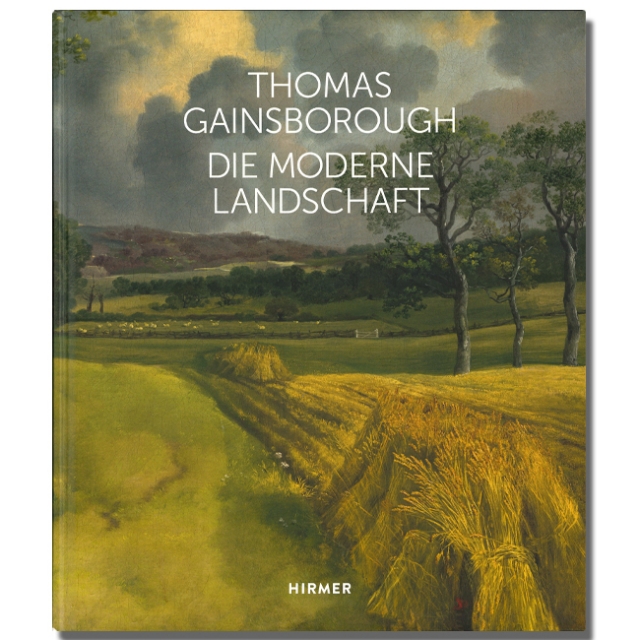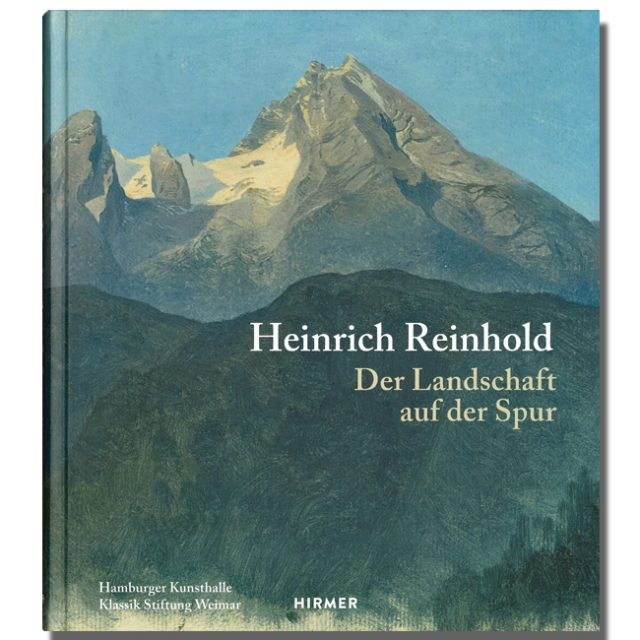
| Article number | 16556 |
| Price | 9,80 € |
ARENA OF RIDICULE. English caricatures 1780 - 1830 | Jul 05th - Sep 27th 2009
catalogue for presentation of the collection | 64 pages | 41 illustrations | softcover | german edition
English caricature between 1780 and 1830 is one of the peaks of this genre. During this period, it established itself for the first time as an acknowledged art form that, against the background of freedom of the press in Great Britain, strongly influenced the social and political opinion-forming process. The artists relentlessly satirized daily political events as well as social issues and created an "arena of ridicule" with new, powerful means of expression. Unlike the older scenic pictorial satire or portrait caricature, the English caricaturists understood their works as a socially relevant genre with artistic pretensions. The complexity and attractiveness of their works can be seen precisely in the combination of art historical and popular motifs. Through this interdependence, new artistic means of expression were developed: An expressive, often drastic imagery emerged, which was further intensified by the coloration of the print graphics. The caricatured victims and current conditions were mercilessly unmasked and exposed to a mocking public. English caricature's aesthetic and historical significance lies in its snarky style of depiction and the public exposure of its contents. With their humorous, satirical as well as accusatory, aggressive imagery, the caricaturists addressed a broad public with their sheets, which were available to all social classes in print shops. The exhibition shows how relevant the new self-conception of a public that saw itself as political was for English caricature. The artists referred to a changed society in times of the French Revolution and the Napoleonic Wars and at the same time created new images for the people and their representatives. A special interest was paid to modern forms of public staging of politicians and private individuals. A total of eight artists are represented in the exhibition. Numerous works originate from James Gillray and Thomas Rowlandson, the first important representatives of English caricature, as well as by George Cruikshank, their most important successor, and by the artists Isaac Cruikshank and Richard Newton. Most of the exhibits come from the holdings of the Hamburger Kunsthalle.




